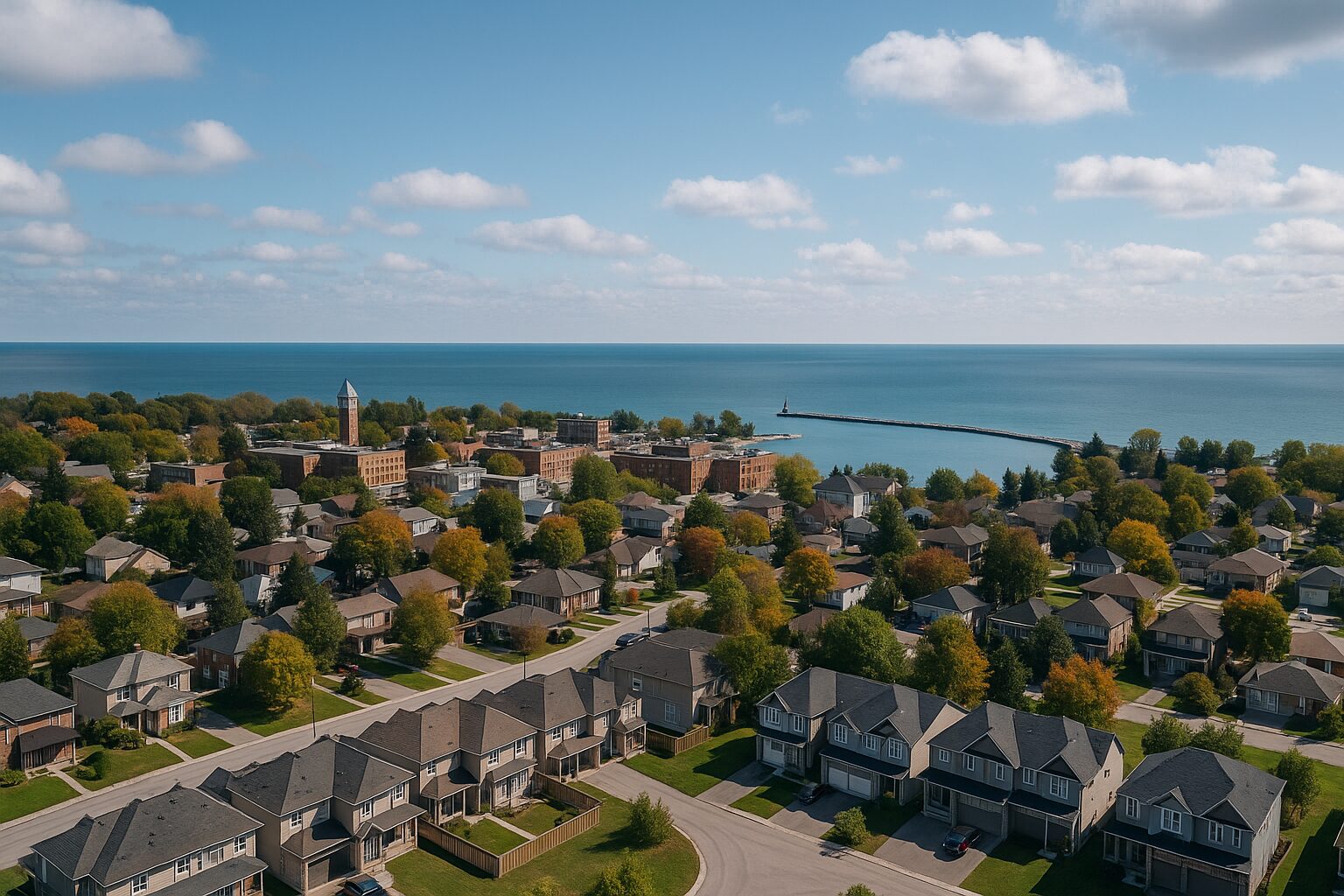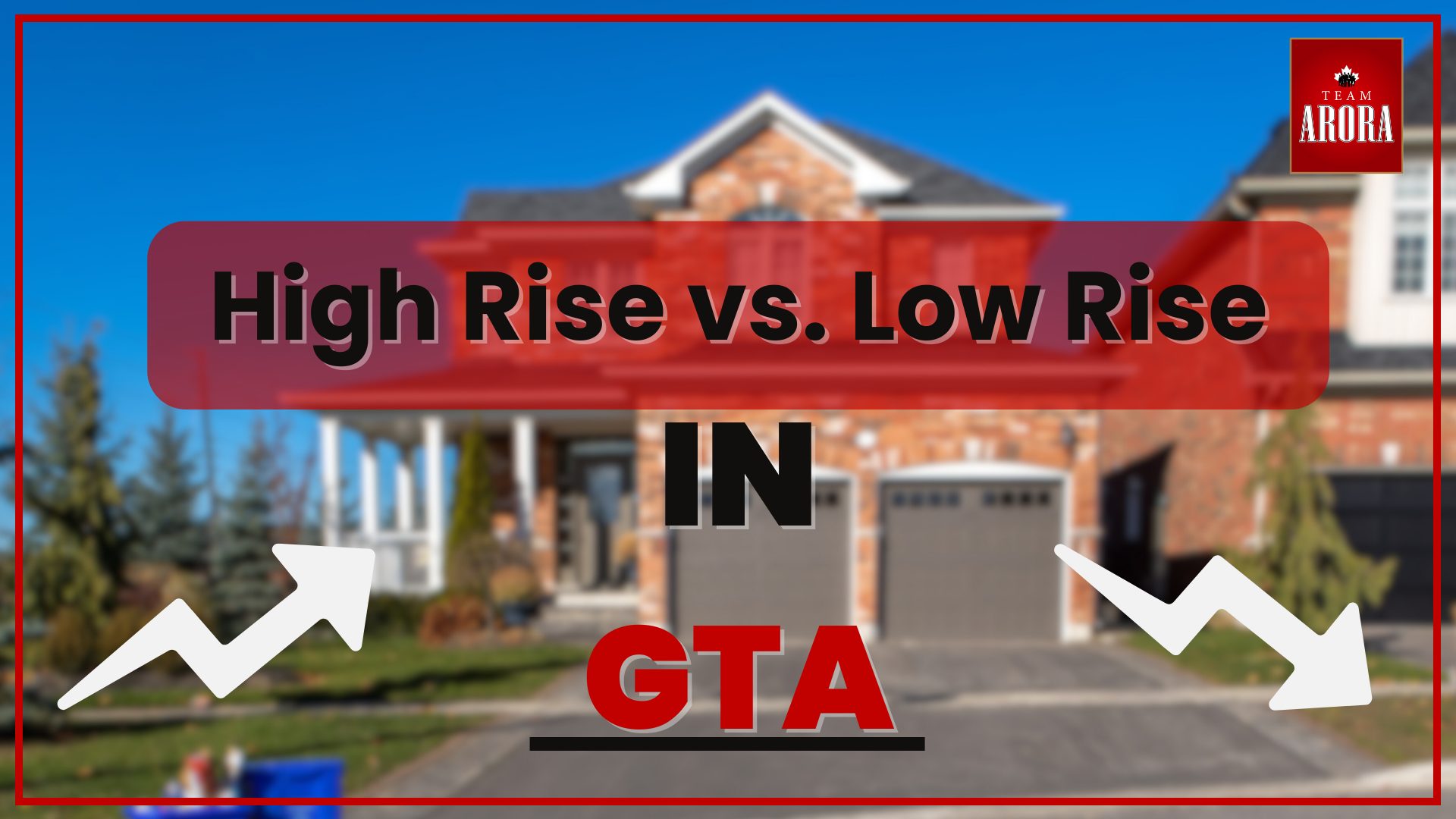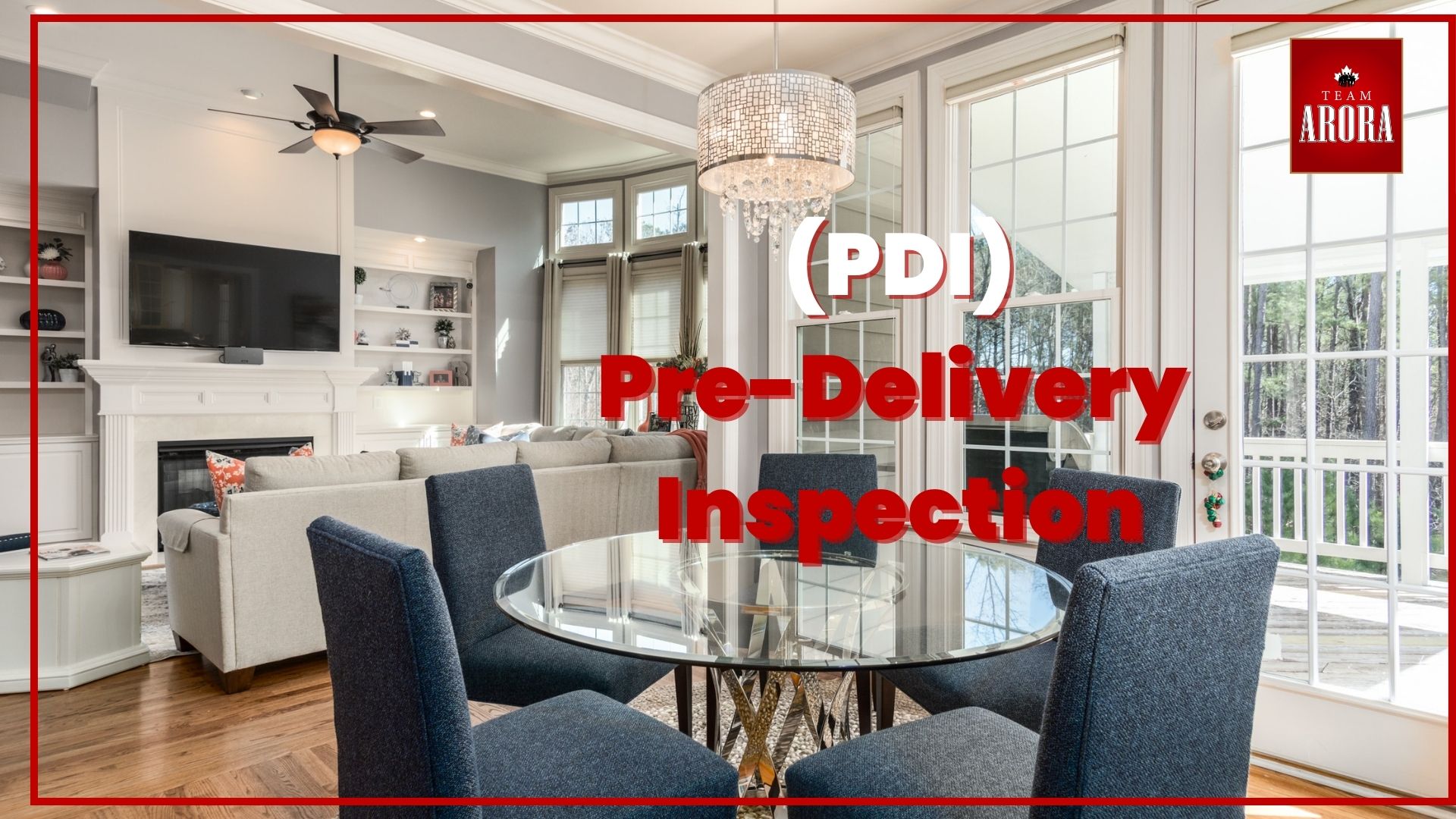As Ontario’s condo market evolves in 2025, Peace Town in Fort Erie emerges as a promising new development blending comfort, value, and community. Whether you’re a first-time buyer, a growing family, or an investor, Peace Town offers more than just a place to live—it offers a lifestyle tailored to modern needs.
Let’s dive into what makes Peace Town a standout choice, and how Home & Condos continues to highlight forward-thinking communities across Ontario.
What Is Peace Town in Fort Erie?
Peace Town is a new master-planned community in Fort Erie featuring modern condo-townhome living. It’s designed to combine the convenience of condos with the spacious feel of townhomes.
Situated close to the Niagara River and the U.S. border, Peace Town delivers a unique mix of nature, location, and value.
Get the full details here: https://peacetowns.ca/
What Makes Peace Town Special?
Peace Town is tailored for today’s homebuyer with:
- Contemporary designs inside and out
- Functional layouts ideal for families or remote work
- Private outdoor spaces for each unit
- Durable finishes and quality construction
- A low-maintenance condo experience with the feel of a townhome
It’s ideal for buyers who want space and style without the big-city price tag.
Why Fort Erie Is on the Rise
Fort Erie is quickly gaining traction with buyers across Ontario. As people move beyond the GTA to find better value and lifestyle balance, Fort Erie stands out.
Living here means:
- More peace and less noise
- Lower living costs
- A connected, community feel
- Proximity to the U.S. and Niagara region
It’s a great fit for families, retirees, and cross-border professionals.
Who Should Consider Peace Town?
Peace Town appeals to a wide audience:
First-Time Buyers
Get into homeownership in a brand-new, smartly designed community.
GTA Movers
Enjoy more space and serenity while staying connected.
Remote Workers
Live and work in a setting that supports focus and flexibility.
Investors
Buy early in a growing area and benefit from long-term potential.
Retirees and Downsizers
Live in a quiet, easy-to-maintain home with modern comforts.
What Buyers Can Expect in Peace Town
Each unit at Peace Town is thoughtfully designed with features that support comfort and ease:
- Energy-efficient systems
- Modern kitchens and spa-inspired bathrooms
- Private garages or driveways in some homes
- Outdoor spaces like balconies or patios
- Bright, open floor plans that feel spacious and inviting
These homes are built with longevity and ease of living in mind.
A Community Built for Belonging
Peace Town isn’t just about homes—it’s about creating a space where people feel welcome and connected:
- Lush green spaces for play or relaxation
- Local amenities including schools, shops, and clinics
- Close access to trails, parks, and outdoor activities
- Safe, walkable design perfect for families
The result is a neighborhood where people of all ages can feel at home.
Designed with Today’s Buyer in Mind
Peace Town offers a refreshing approach to ownership:
- Shared upkeep keeps maintenance manageable
- Smart design reduces utility costs
- Builder-direct buying simplifies the process
- Floor plan options adapt to different lifestyles
It’s a homeownership model that fits modern needs—practical, stylish, and future-ready.
Our Take at Home & Condos
At Home & Condos, we help you discover communities that are forward-thinking and lifestyle-friendly. Peace Town meets every key benchmark:
✔️ Community-first planning ✔️ Well-built homes at accessible price points ✔️ Ideal for living or investing ✔️ Located in a market with real growth potential
We’re excited to spotlight Peace Town for buyers looking to invest in a better quality of life.
Final Thoughts
Peace Town isn’t just another housing development—it’s a thoughtful response to what today’s buyers are really seeking. With smart design, accessible pricing, and a strong community feel, it’s a place that supports your goals and your lifestyle.
Explore the future of condo-townhome living. Visit https://peacetowns.ca to learn more, and connect with the Home & Condos team for expert advice and personalized support.
FAQs: Peace Town Fort Erie & Condo Living
1. Are Peace Town homes good for families?
Yes, Peace Town homes are spacious, thoughtfully designed, and located near parks, schools, and essentials. Families enjoy quiet streets, private outdoor spaces, and a supportive community environment ideal for raising children while enjoying condo-style convenience.
2. What’s the difference between a condo-townhome and a regular condo?
Condo-townhomes offer more space, privacy, and personal access than high-rise condos. You still benefit from shared maintenance and lower upkeep, but with added comforts like a front door, private outdoor space, and a more residential feel.
3. Is Fort Erie a smart place to buy property?
Absolutely. Fort Erie combines small-town charm with growing demand, making it a rising star for real estate in Ontario. It offers affordable pricing, natural beauty, and cross-border access—making it great for living and investing alike.
4. Can Peace Town properties be used as rentals?
Yes, many buyers consider Peace Town for rental income. Whether long-term or seasonal, its location near the U.S. border and Niagara attractions makes it appealing. Just check the builder rules and local laws before listing.
5. What services does Home & Condos provide for buyers?
Home & Condos supports you at every step—from browsing options to signing papers. We help you compare layouts, understand costs, and walk you through the buying process so you can make an informed, confident decision.



